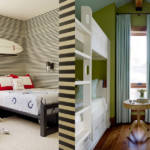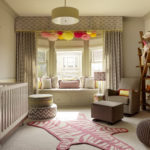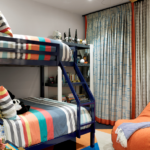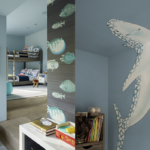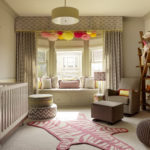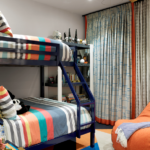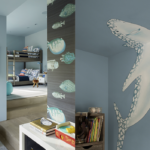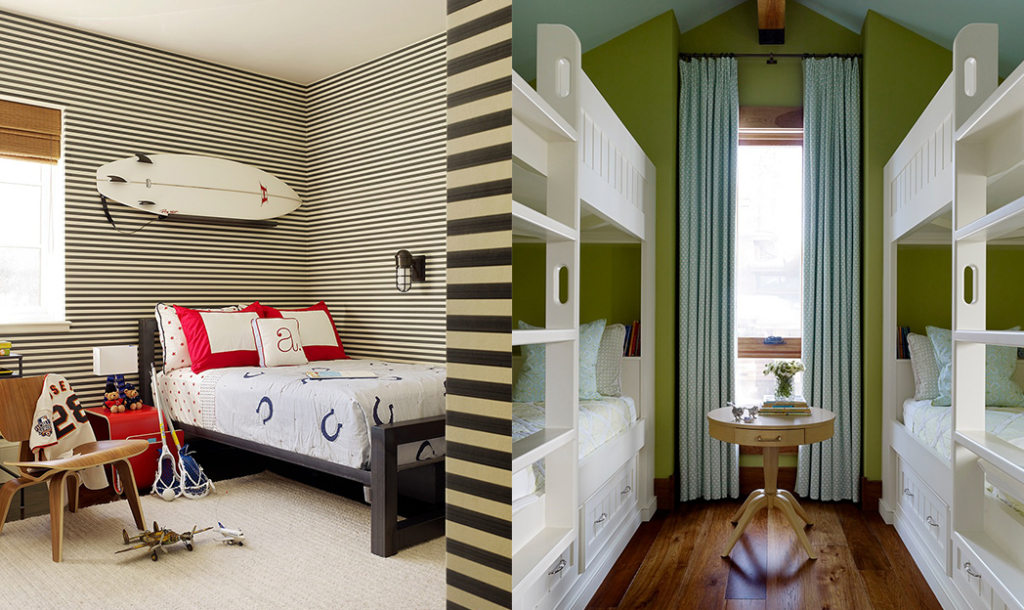Jay Jeffers Shares tips for Reinventing the Kid’s Room
Author:Lindsey ShookWith all of the world stuck inside, staring at walls, corners and furniture, many people are inspired now more than ever to refresh their homes. And if you are struggling to home school and entertain your kid, you may have a way greater appreciation for the design of their bedrooms and play spaces. Having worked on multiple family homes, designer Jay Jeffers knows a thing or two about creating inventive, vibrant rooms for little ones. Here he shares tips from his design practice for making magical masterpieces that spark stylish imagination.

Read the Room – When renovating a kid’s room, the first step I always take is to talk to the child and get to know their age, likes, dislikes, and personality. Ask them about favorite colors, toys or games and give them a couple of options to choose from to make sure the room is an accurate reflection of who they are and what they like to do. These little ones often have the biggest personalities, and once you get them going, they can be very particular! It’s also key to assess the design with the parents – will this be a quick fix based on current themes, knowing that those themes will change as the kids get older? Or will this be more of a permanent design to create a room that they can grow into?
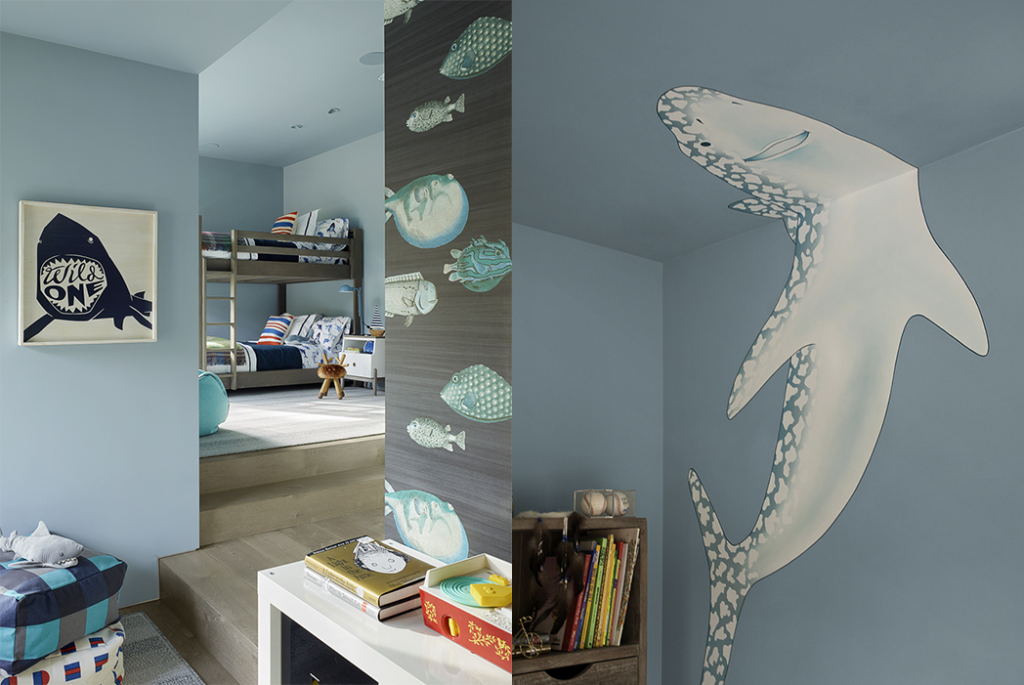
Keep it Lively and Lasting – Kids are notorious for changing their minds. One day they may have a new favorite color than the day before, so I always want to ensure that the style is lively, but also easy to adapt. For items that are trendy or age-appropriate right now (but might not be later!), we try to purchase non-permanent items that can be easily swapped out. For example, if a little girl likes princesses, we might make the bedding princess-themed, but keep the long-term elements of the room neutral.
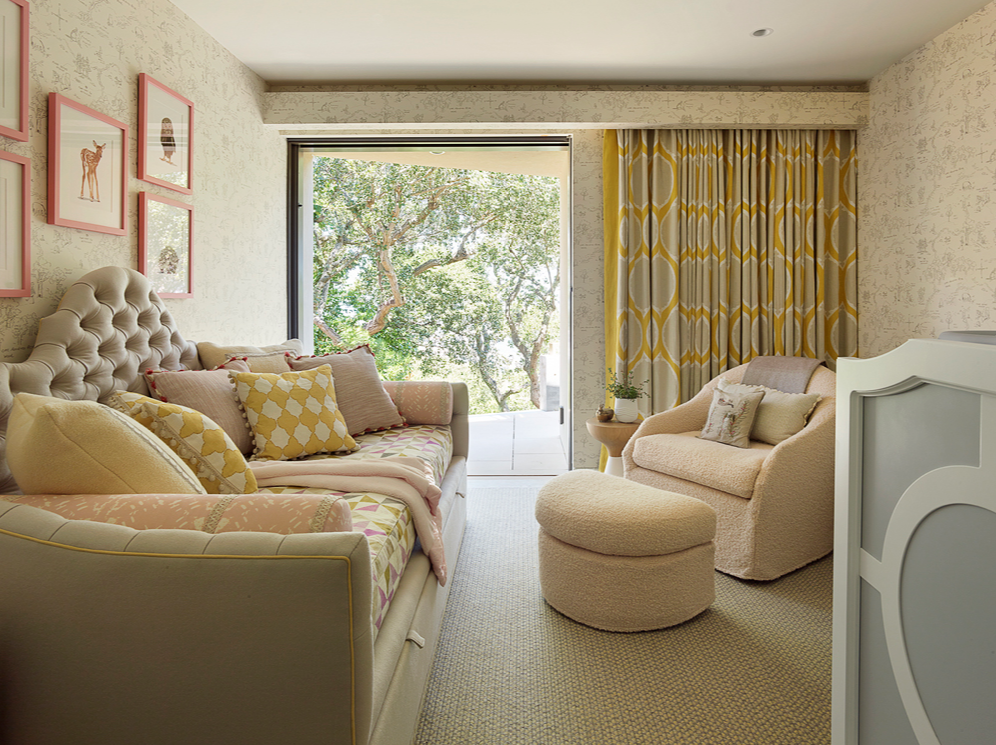
Amp Up the Color – I love color in all rooms, but a kid’s room is where you can be especially bold and really go for it. A bright rug, colorful bean bag chairs, or a pop of color on the ceiling are all great ways to use colors that are playful, and still elevated.
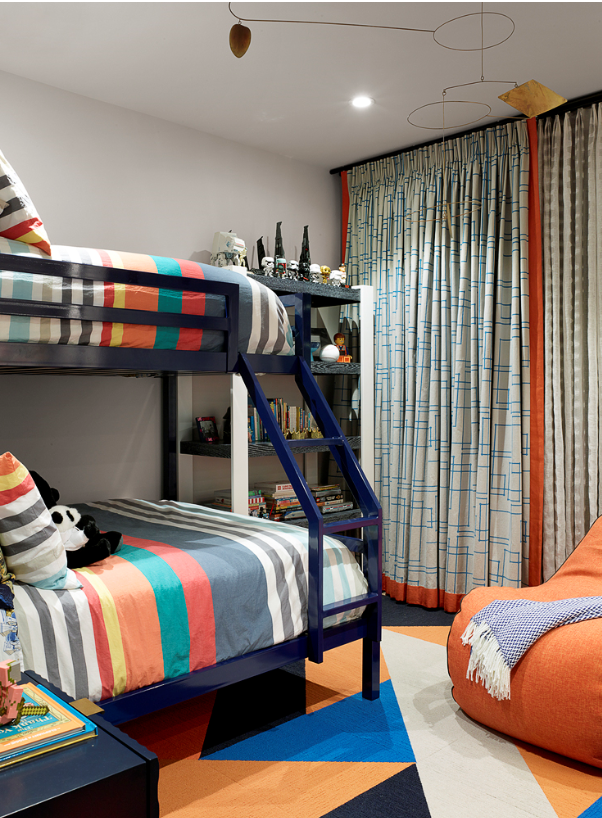
Play with Pattern and Texture – Pattern is also key for bringing a kid’s room to life. Use interesting wallpaper, curtains, rugs, or pillows to create a fun and playful aesthetic without adding additional clutter. Then, bring in different textures with fluffy pillows or a unique light fixture, and swap out traditional artwork for something unique like a surfboard, anchor, or whatever is on theme with the room.
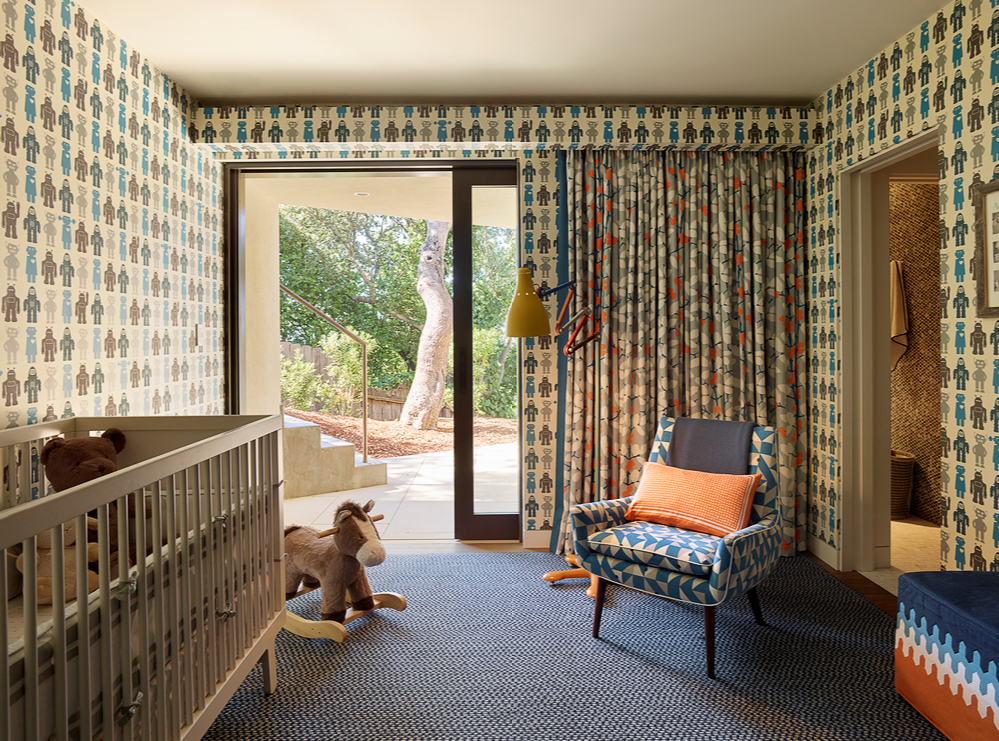
Storage is Key – Kids tend to have a lot of clutter, so it’s important that designs take into consideration ample storage where they can put clothes, toys, and books away. Maybe it’s built into a bed or bench that’s easily accessible, or maybe it’s a fun but functional bookshelf where prized possessions have a place, but are still on display. If kids do schoolwork in their rooms (which many of them are these days!), be sure there’s a desk for it.
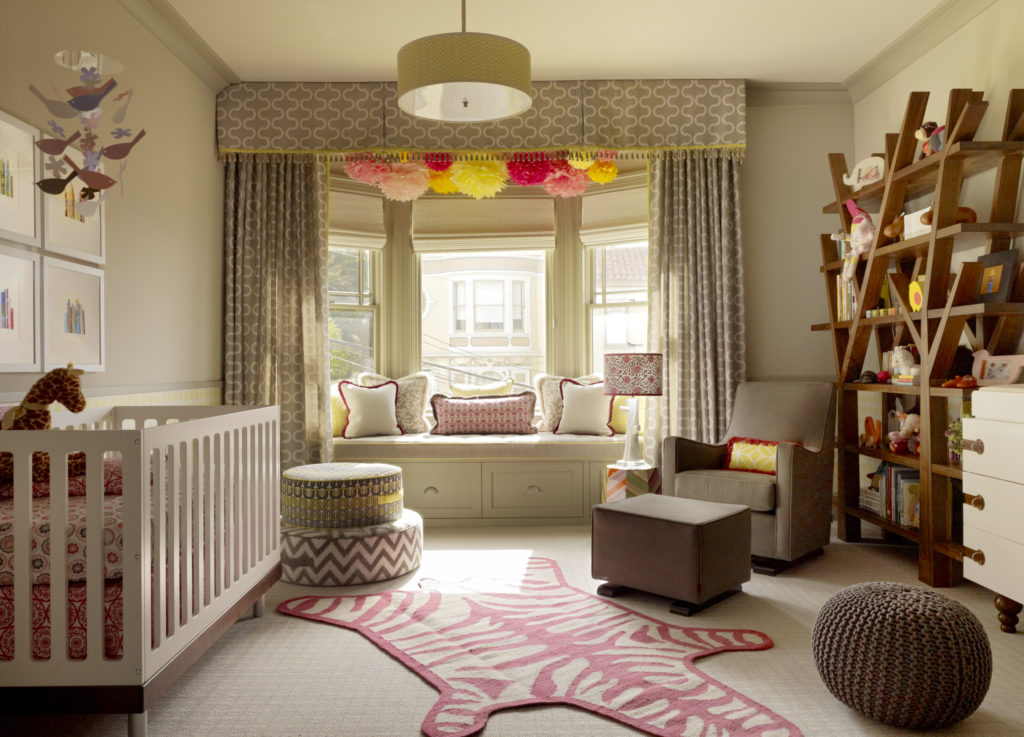
Have Fun with It! – Lastly, take some risk and have fun. A color on the ceiling. A geometric built-in. A swing in the room. Why not!
